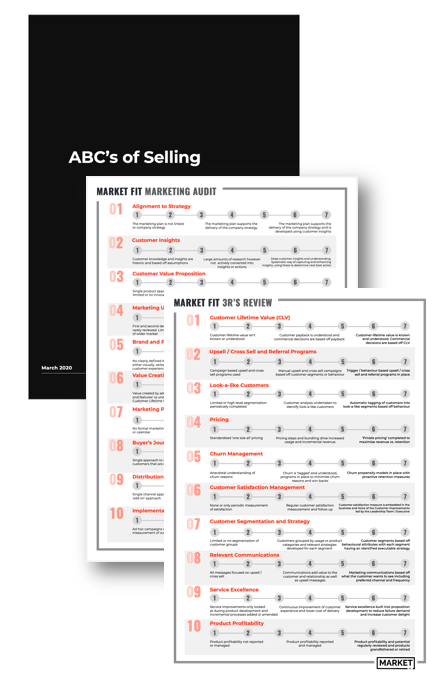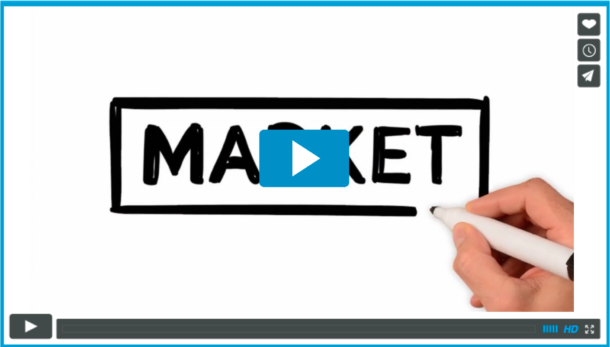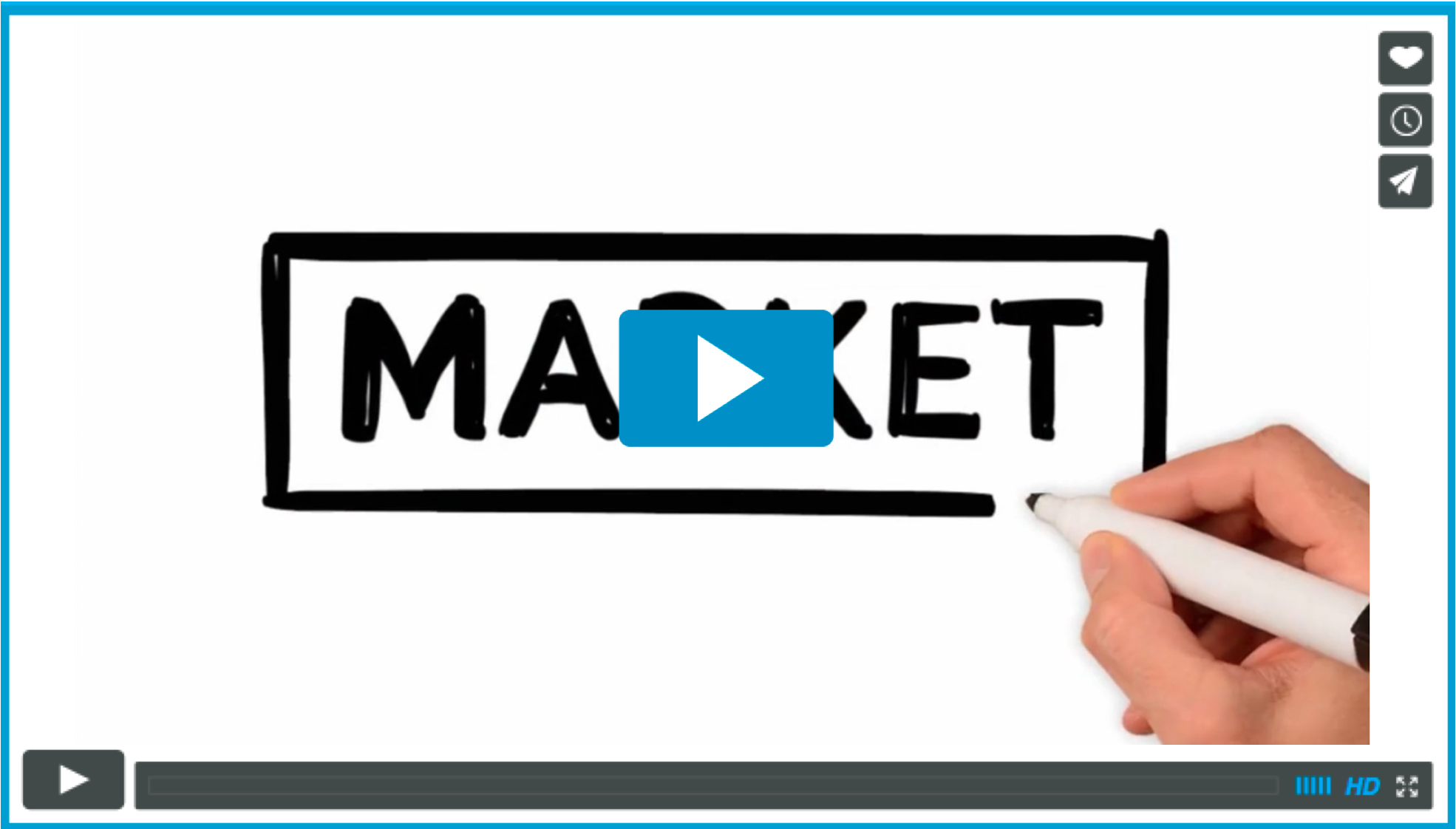tegic Pricing for Profit Maximisation is a crucial concept that every business should master. It goes beyond just setting prices, it involves leveraging various pricing strategies to maximize profit margins while keeping customers happy. This approach can significantly increase profit and ensure the sustainability of your business.
In this blog post, we delve into the intricacies of great pricing strategies such as value-based models, communicating your unique value proposition effectively, and analyzing your competition’s pricing approach. We will also explore how technology can be harnessed to optimize profits.
Whether you’re looking to set higher prices with a premium pricing strategy or lower prices via economy pricing without reducing demand, this guide on Strategic Pricing for Profit Maximisation offers invaluable insights. Let’s unlock the power of strategic pricing together.
Table of Contents:
- Mastering Strategic Pricing
- Value-Based Pricing: Maximize Profit and Keep Your Margins High
- Communicating Your Unique Value Proposition
- Analyzing Your Competition’s Pricing Strategies
- Leverage Technology for Profit Optimization
- FAQs in Relation to Strategic Pricing for Profit Maximisation
- Conclusion
1. Mastering Strategic Pricing
Strategic pricing is a powerful tool to maximize profit and stay competitive. It involves setting prices based on factors like demand, competition, costs, and goals.
A great pricing approach not only keeps profit margins high but also attracts customers and boosts sales. There are several pricing strategies to achieve these objectives.
Premium Pricing
Charge higher prices for unique or superior quality products.
Economy Pricing
Keep prices low to attract price-sensitive customers and increase sales volume.
Price Skimming
Introduce new products at high prices and gradually reduce them over time.
The Power of Psychological Pricing
Psychological pricing alters consumer perception towards value. For instance, $9.99 seems less than $10 even though there’s just one cent difference. Such tactics make customers feel they’re getting a good deal while maintaining healthy profit margins.
Choosing Your Ideal Strategy
- Penetration Pricing: Offer lower prices to penetrate an existing market quickly and gain market share.
- Bundle Pricing: Offer discounts for buying related items together to increase overall sales results.
Remember, strategic planning needs constant review and adjustment. Choose the right strategy and implement it effectively by communicating the value to customers. It’s a win-win situation.
Value-Based Pricing: Maximise Profit and Keep Your Margins High
Great pricing strategies are essential in today’s competitive business landscape. Value-based pricing is a way to optimize gains and preserve high margins.
The Benefits of Value-Based Pricing
- Maximising Profit: Set higher prices for products or services that offer unique benefits or superior quality compared to competitors.
- Maintaining High Profit Margins: Keep your profit margins high even when offering premium pricing.
The Art of Implementing Value-Based Pricing
Understand what makes your offerings valuable from your customer’s perspective. Differentiate your product or service from others available in the market. Segment your customer base and tailor prices accordingly.
Communicating Value
Communicate the unique value of your offerings through marketing efforts so potential buyers recognize why they should pay a premium price for what you’re selling over lower-priced alternatives.
Differentiation
Differentiate your product or service through unique features, exceptional customer service, or exclusive availability to make customers feel they’re getting a good deal despite paying more.
Segmentation
Segment your customer base and charge different amounts depending on how much each group values what you’re offering.
Adopting an effective value-based pricing model requires careful planning and execution but has significant potential rewards if done right.
Communicating Your Unique Value Proposition
Your unique value proposition (UVP) sets you apart from competitors. It’s not enough to have a great UVP; you need to communicate it effectively to make customers feel they’re getting a good deal.
Understanding Your UVP
Your UVP should highlight the unique benefits and features of your products or services that competitors don’t offer. This can include superior quality, innovative design, exceptional customer service, or even premium pricing if it reflects higher perceived value.
The Role of Pricing in Communicating Value
Pricing plays a vital role in communicating value to potential customers. A pricing plan that has been carefully considered can help you gain the most benefit while keeping customers content and devoted.
A premium pricing strategy sends a message about the high-quality nature of your offerings. On the other hand, economy pricing might appeal more to cost-conscious consumers who prioritize affordability over luxury features.
Tailoring Communication Channels
Different communication channels work better for different types of businesses and target audiences when conveying their UVPs. Effective ways include:
- Social Media: Reach out directly to your audience with tailored messages showcasing your uniqueness.
- Email Marketing: Deliver personalized messages straight into prospects’ mailboxes.
- Website Content: Ensure your website content communicates your unique selling points effectively.
- Blogs & Articles: Establish authority within industry circles while subtly promoting your UVP.
Leveraging Psychological Pricing Strategies
You could also leverage psychological pricing strategies like price skimming and penetration pricing as part of your marketing strategy. For example, setting prices at $0.99 instead of rounding up to $1 alters consumer perception, making them believe they’re receiving more value than they actually are. Similarly, penetration pricing involves offering lower initial prices, potentially taking an initial loss but ultimately increasing sales volume by attracting new customers.
Key Takeaway:
This section provides insights on how to communicate your unique value proposition (UVP) effectively and use pricing strategies to maximize profit while keeping customers happy. It emphasizes the importance of tailoring communication channels such as social media, email marketing, website content, blogs & articles for different types of businesses and target audiences when conveying their UVPs. Additionally, it suggests leveraging psychological pricing strategies like price skimming and penetration pricing as part of your marketing strategy.
Analyzing Your Competition’s Pricing Strategies
It’s not enough to have a great product or service. You need to understand your competition’s pricing strategies to maximize profit.
A Look at Competitor Prices
Start by analyzing your competitors’ prices. Are they using premium pricing or economy pricing? If they offer lower prices with high profit margins, consider doing the same without sacrificing quality.
Pricing Models Used By Competitors
Consider your competitors’ pricing models. Do they use cost-plus pricing or psychological pricing to alter customers’ perceived value?
The Impact Of Competitive Pricing On Sales Volume And Profit Margin
Analyze how different approaches impact sales volume and profit margin. This will give insights into potential effects on your own business goals if similar methods were adopted.
Price Skimming Vs Penetration Pricing
Price skimming limits sales initially but keeps long-term profits high. Penetration pricing reduces demand initially but results in a win-win situation for both businesses and consumers alike.
Bundling Products And Offering Discounts
Offering markdowns or packages of items can make customers feel they’re receiving a beneficial deal. A BOGO sale or discounting original price when bought with other items creates the perception of added value, encouraging increased purchase volumes without reducing overall profitability too much.
Understanding broader market dynamics is key to positioning yourself strategically within the industry landscape, leading towards sustainable growth and success.
Leverage Technology for Profit Optimization
In today’s digital age, using technology to optimize profits through pricing strategies is a necessity. By leveraging predictive analytics tools, businesses can gain insight into future trends and use this knowledge to optimize pricing strategies for maximum profitability.
Predictive Analytics Tools
Predictive analytics tools use historical data to forecast future outcomes. They help businesses anticipate customer behavior, market trends, and potential risks or opportunities in their industry. This allows companies to adjust their prices smartly based on predicted demand rather than reacting after the fact when reducing demand might limit sales.
IBM’s predictive analytics solutions offer insights into what factors drive your business goals so you can align your pricing approach accordingly.
Price Optimization Software
Price optimization software uses algorithms to analyze various factors such as competitive prices, supply chain costs, and customer purchasing habits to determine optimal selling prices that maximize profit without sacrificing customer satisfaction or loyalty.
Pricefx provides real-time price calculations that can support both cost-plus pricing and value-based models depending on your business needs.
A/B Testing Tools
A/B testing tools allow you to test different pricing strategies with small segments of your audience before rolling them out fully. This helps you avoid any initial loss from untested methods while still reaping the benefits of experimentation. For instance, Optimizely offers robust A/B testing features that could be used for this purpose.
Digital Coupons and Discounts Platforms
Digital coupon platforms like WooCommerce Smart Coupons let you experiment with offering lower prices or discounts temporarily without permanently lowering your original price. This provides a beneficial outcome for both shoppers and companies, with customers feeling like they’re getting more bang for their buck while businesses can increase sales without significantly diminishing their overall revenue.
Remember: the goal isn’t necessarily always about achieving premium pricing but rather finding the balance between maximsing profits and maintaining strong relationships with customers. Each company will need its own unique blend of techniques tailored specifically towards its individual circumstances and objectives.
Incorporating these technologies into your marketing strategy may require some investment upfront, but the potential return on investment makes it well worth exploring.
Key Takeaway:
Using technology to optimize pricing strategies is crucial for businesses in the digital age. Predictive analytics tools can help anticipate customer behavior and market trends, while price optimization software uses algorithms to determine optimal selling prices that maximize profit without sacrificing customer satisfaction. A/B testing tools and digital coupons platforms also allow experimentation with different pricing strategies while maintaining strong relationships with customers.
FAQs in Relation to Strategic Pricing for Profit Maximisation
What is a Profit Maximization Pricing Strategy?
A profit maximization pricing strategy sets prices to generate the highest possible return on each unit sold, considering both sales volume and profit margin.
How Can Selling Prices Help a Business Maximise Profits?
Selling prices can maximize profits by balancing demand with cost recovery, encouraging higher sales volumes while maintaining profitable margins.
What are the Four Pricing Strategies?
The four main pricing strategies are premium pricing, economy pricing, price skimming, and penetration pricing.
How Does Pricing Affect Profitability?
Pricing directly affects profitability by determining how much revenue is earned per sale and influencing total sales volume.
For more information on pricing strategies, check out these great pricing strategies from Investopedia.
When it comes to pricing, it’s important to find the right pricing approach to maximize profit and keep profit margins high.
While a premium pricing strategy may work for some businesses, others may benefit from an economy pricing approach to limit profit and increase sales volume.
On the other hand, a price skimming strategy may be used to set higher prices for new products, while psychological pricing alters the perception of price to make customers feel like they’re getting a good deal.
For businesses looking to penetrate a market, a penetration pricing strategy may be used to limit sales initially, but ultimately increase market share.
When it comes to marketing strategy, bundle pricing and offering prices smart can help reduce demand and keep customers happy.
For small businesses, a BOGO sale can be a win-win situation for both the business and the customer.
Remember, finding the right pricing strategy is crucial to achieving your business goals and maximizing profits.
Conclusion
Maximise Your Profits with Strategic Pricing
Want to make more money? Implementing strategic pricing is key for medium-sized businesses.
By using value-based pricing models and highlighting your unique value proposition, you can stand out from competitors and attract customers willing to pay a premium price.
Don’t forget to analyze your competition’s pricing strategies to stay on top of market trends and inform your own pricing decisions.
And if you really want to optimize your profit margins, consider using dynamic pricing software to adjust prices in real-time based on demand and other factors.
Take a thoughtful approach to pricing and watch your business thrive.




